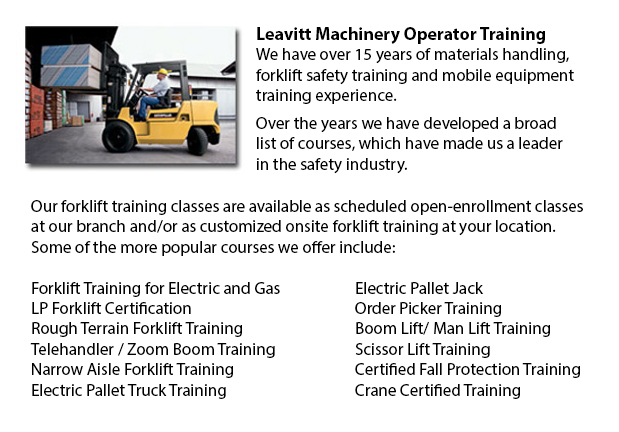
Hyster is known as a global leader in forklift trucks. However, it began as a producer of lifting machines and winches. Most of its production was focused in the northwest United States and dealt mostly with the wood and logging industry. A couple years after the first forklift trucks were invented Hyster became synonymous with quality production. Over the last eighty years Hyster has continued to get bigger and increase its product line. The growth of its products coupled with its desire to stay service oriented has allowed Hyster to develop into the intercontinental player it is in our day.
In the period between 1940 and 1960, Hyster continued its development throughout the western world. In 1946, Hyster opened a plant in Illinois that was completely devoted to mass manufacturing trucks. This allowed Hyster to force its expenses down and, simultaneously, offer a better quality product at industry aggressive prices. In 1952, Hyster began its first foray in to the international production market through opening its first plant in the Netherlands. The Netherlands plant was originally designed to produce two products: Hyster 40" and the Karry Kranes.
The forever changing needs of Hyster users and Hyster's ability to continue to innovate led to rapid development throughout the 1950's and sixties. They started building container handlers in the US in 1959 to meet with the ever expanding demand for transportation goods. In 1966, Hyster developed a means for allowing a lift truck to go both forward and backwards using the same pedal. This pedal was referred to as the Monotrol pedal, which revolutionized the industry. Later on in the decade Hyster opened a R and D centre in Oregon that was focused on enhancing the design and performance of lift trucks. The centre is still one of the world's greatest testing facilities in the materials handling industry.
The sixties was characterized by rapid growth right through the whole materials handling industry. Due to this, Hyster needed to refocus its approach towards these developing mass markets. Accordingly, in 1970, the XL design philosophy was born. The XL design philosophy allowed Hyster to offer greater quality at a more affordable cost. A further expansion in manufacturing capabilities was necessitated by the need in Europe for Internal Combustion Engine Trucks. To plug this gap, a plant in Craigavon, Ireland was opened in 1980. Through the eighties Hyster continued to focus on developing industry leading lift trucks. The Hyster brand name was known throughout the world for its dedication towards superiority. This attention to excellence brought numerous suitors for the enterprise. In 1989, a large multinational corporation based in Ohio called NACCO Industries purchased Hyster and began an aggressive expansion plan. NACCO rapidly replaced the XL philosophy with a more driver oriented forklift that focused on operator comfort, which is identified as the XM generation of lift trucks.
With the comprehensive shift towards just-in-time administration procedures, Hyster has been required to keep up with the trends through investment in new and diverse technologies. Acquisitions and investments were made in the United States, Italy, Netherlands, and a lot of other places throughout the globe. All of these investments have made Hyster a world leader in the lift truck market. In 2009, Hyster celebrated its eightieth anniversary as an industry leader of materials handling equipment, which includes more than 300 assorted models of lift trucks.
-
Reach Trucks
Reach Trucks are mechanized equipment used for loading and storage in some establishments that maintain storage of materials to finished goods on a pallet which are then placed into elevated shelving units. This loading device helps firms securely an... More -
Rough Terrain Forklifts
There are in reality two different kinds of lift trucks within the materials handling market, the industrial model and the rough terrain model. Rough terrain lift trucks first came on the market in the 1940's and were primarily used on coarse roads,... More -
Boom Trucks
Boom truck are often utilized by phone, cable television and utilities organizations as they have extended folded arms which are generally folded over the roofs of company vehicles. On the end of the extension of extendable arms usually sits a bucket... More -
Pneumatic Forklifts
Pneumatic lifts are often called pallet vehicles or pump trucks and are widely utilized in warehouses and delivery plants to move resources on pallets. Pneumatic forklifts comprises a pair of metallic blades mounted on a wheeled counterbalance that h... More -
Genie Forklift
Genie Industries prides itself with the theory of lifting clients and materials higher, extending beyond the products they produce. A worldwide corporation that is deeply connected to their consumers and enjoys reflecting the spirit of relationship w... More

Forklift Training Penticton
TOLL FREE: 1-888-254-6157
Penticton, British Columbia
forklifttrainingpenticton.com
Email Us
About Us


